Rhexia virginica, aka meadow beauty, is a long-blooming native perennial that does best in wet, sandy soil. However, from my experience it can tolerate far more than that, including clay soil. Clay only limits its size and slows down its spread, but doesn’t prevent it from blooming. Although this thrives in wet meadows, it also tolerates drought. In drought conditions, it goes dormant early, dying back to its thick, underground rhizome. It will come back up the following year.
Find meadow beauty in the wild
Habitats include wet sandstone depressions in upland woodlands, sandy swamps, soggy sandy thickets, wet to moist sand prairies, acidic gravelly seeps, interdunal swales, sandy marshes, sandy borders of ponds and lakes, edges of sandy paths in areas that are prone to flooding, and sandy ditches. This wildflower is usually found in high quality natural areas. (Source)
Grow meadow beauty in your garden
This is the perfect plant for rain gardens, soggy depressions in your yard, seeps, etc. You can also plant it in any flowerbeds that are well mulched and tend to stay moist. If you can grow New York ironweed, joe pye, rose coreopsis, and native irises (pretty much all of which love wet soil), you can also grow meadow beauty. The pots in the nursery aren’t sitting in water – they’re treated the same as all the other plants here. They really do not have to grow in wetlands. If it’s a little too dry, grow it in part sun, protecting it from summer heat. This will help to keep the leaves from becoming crispy.
Benefit to habitat
There is one caterpillar called the large lace border (Scopula limboundata) that hosts on meadow beauty. Beneficial insects may overwinter in the calyxes. This is buzz-pollinated by bumblebees, which is why I added this to my Give Me A Buzz MagiK Picks category. I’ve absolutely seen, and heard, bumblebees visiting these flowers. The meadow beauty is also reported to attract butterflies, moths, and other pollinators. It is not a keystone species, but a keystone supporting species.
Judgy Judy says…
This is such a pretty plant, with the perfect shade of pink, and stays short and sweet at under 2ft tall. The attractive bright red pitcher-like seedheads add fall and winter interest, and the leaves may also turn color before dropping. HOA approves, and may even ask you where you got it.

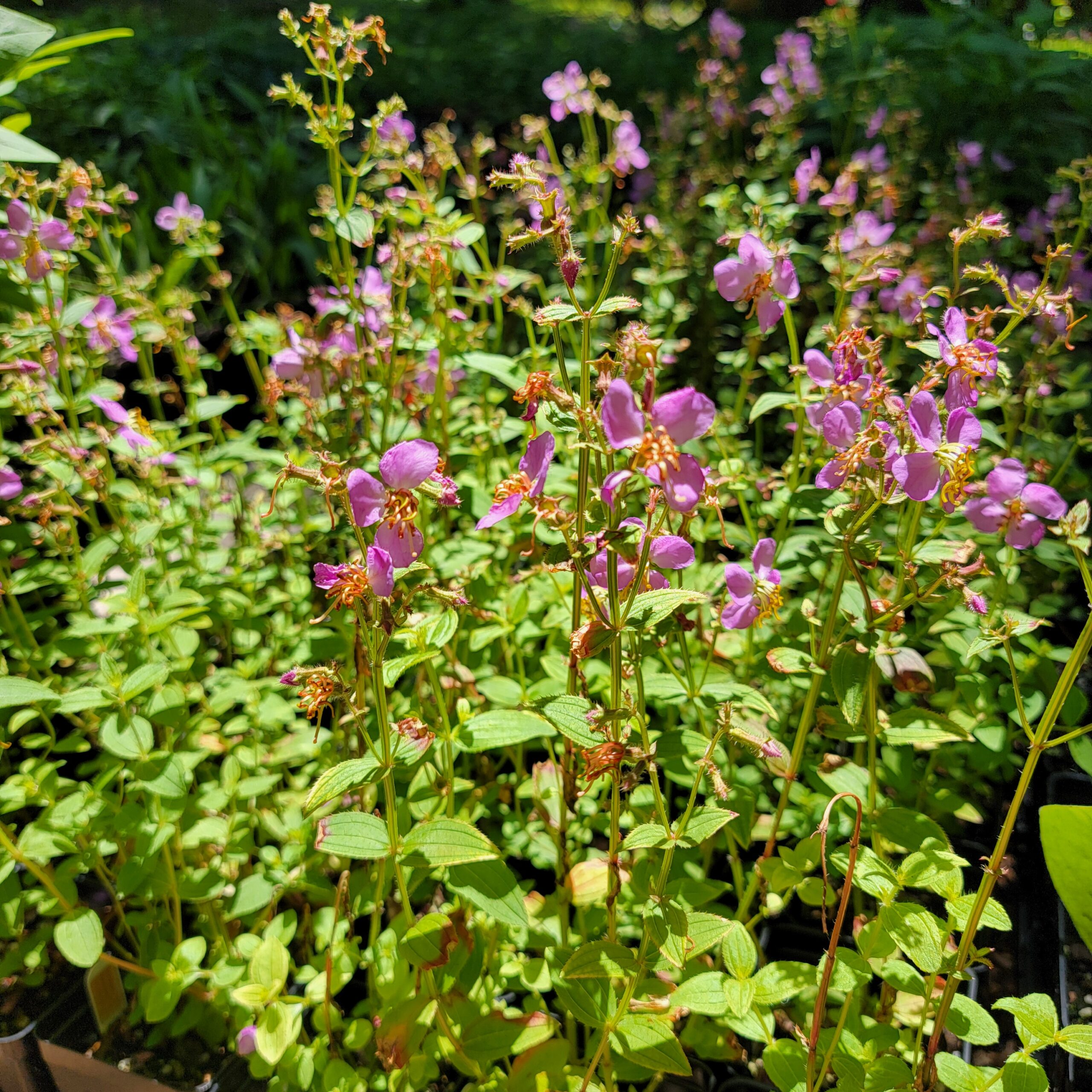
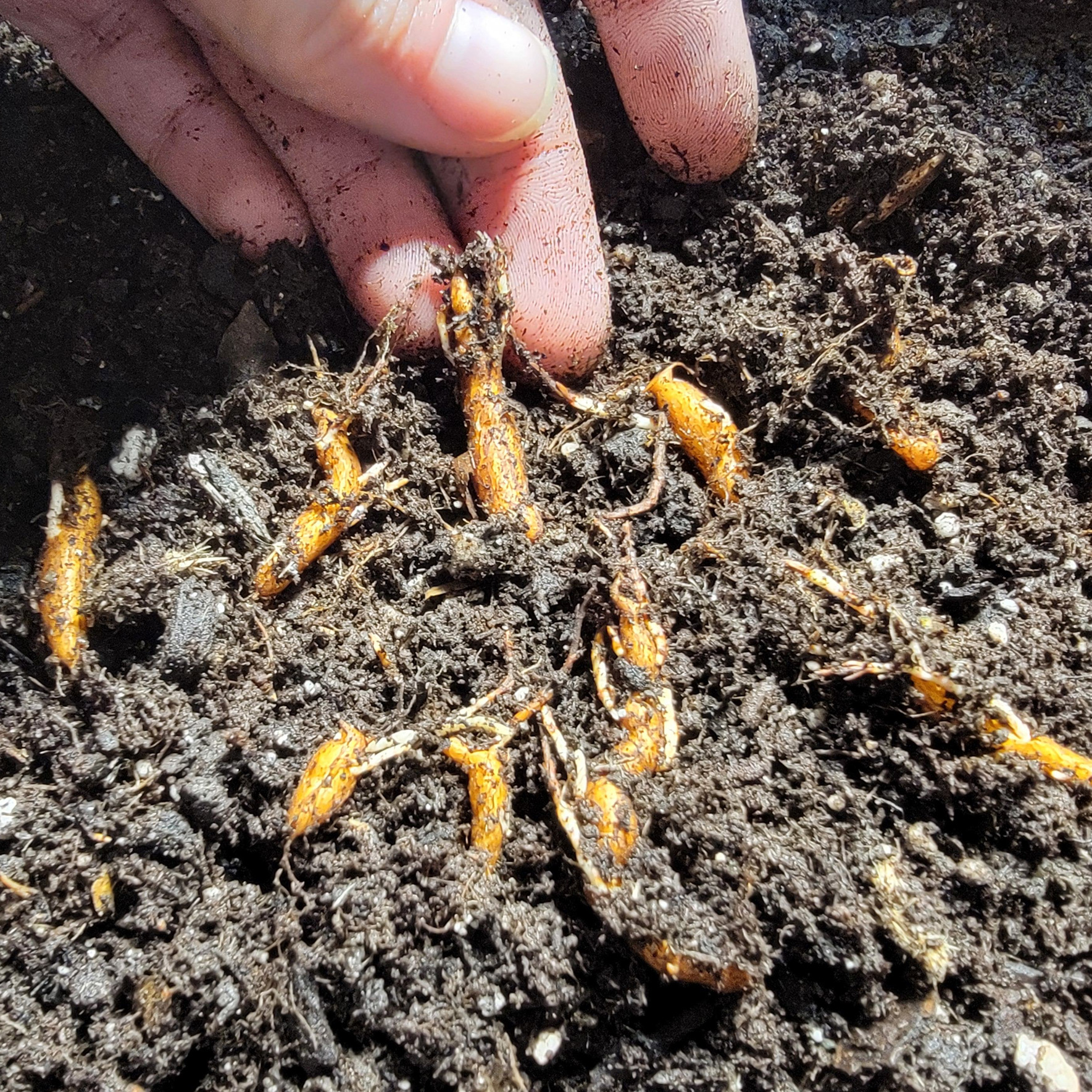
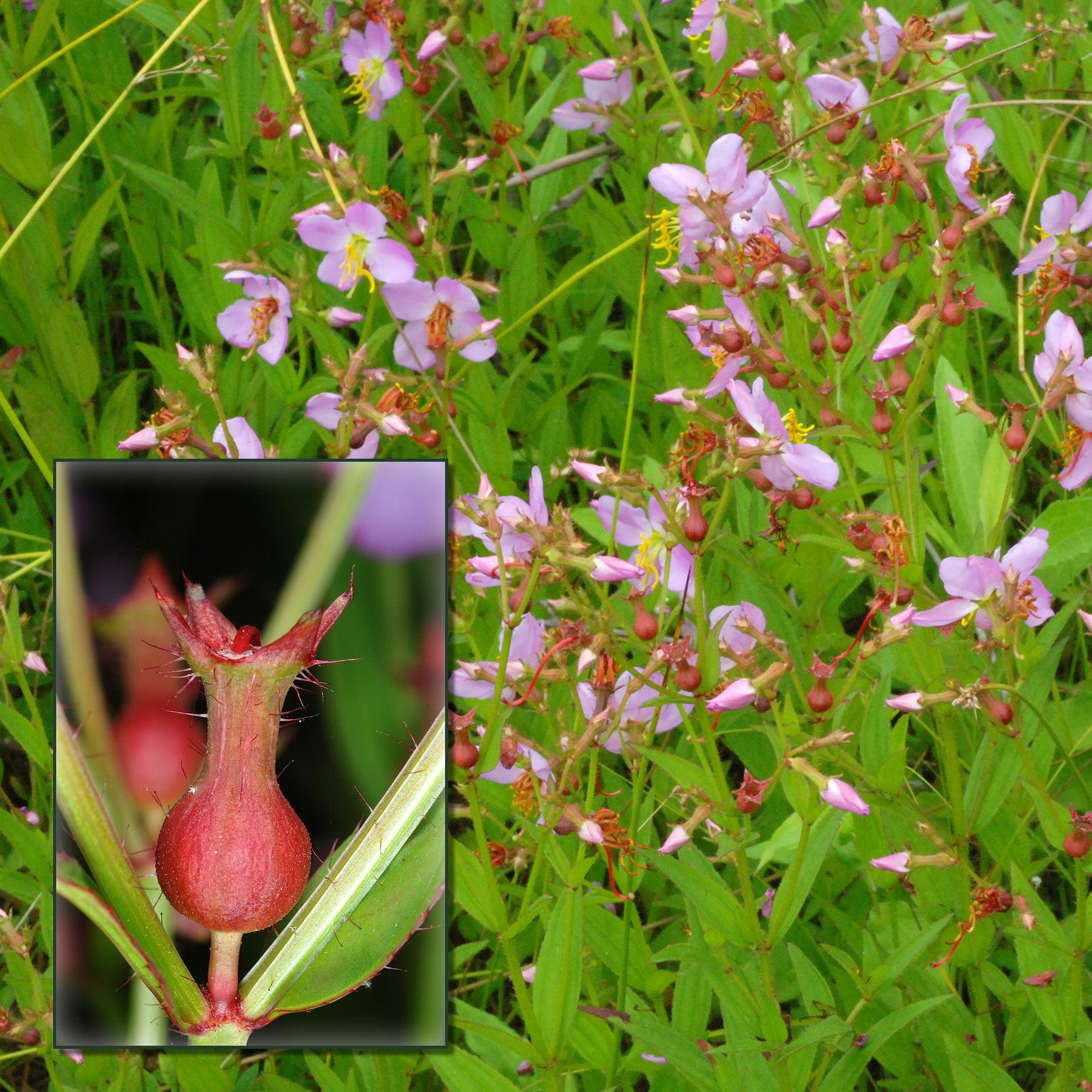
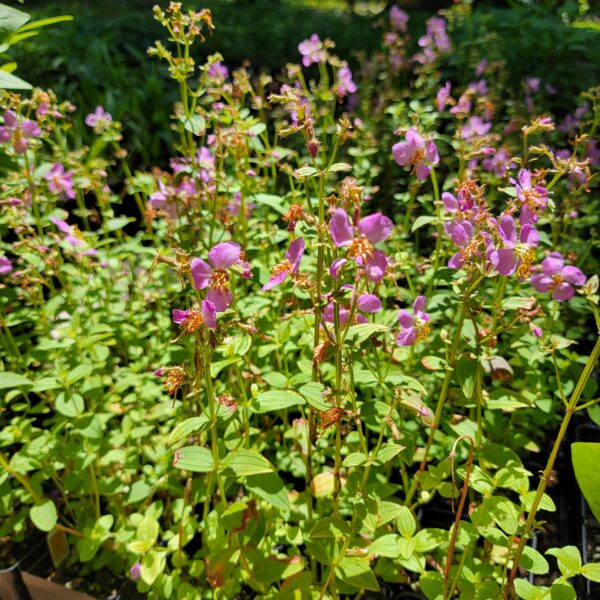

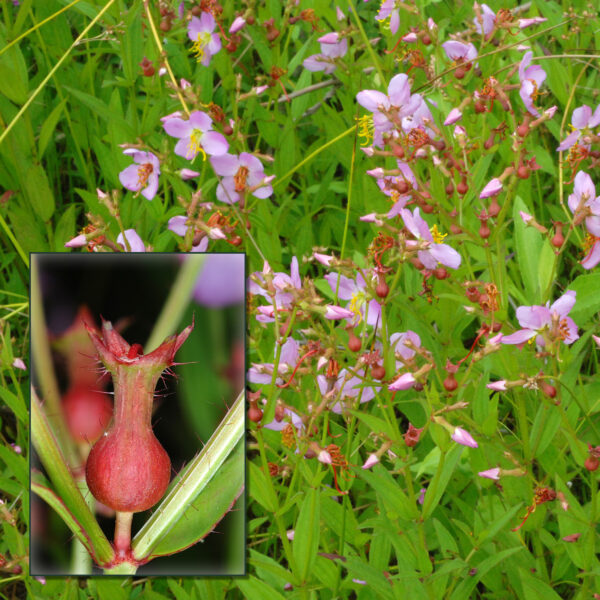
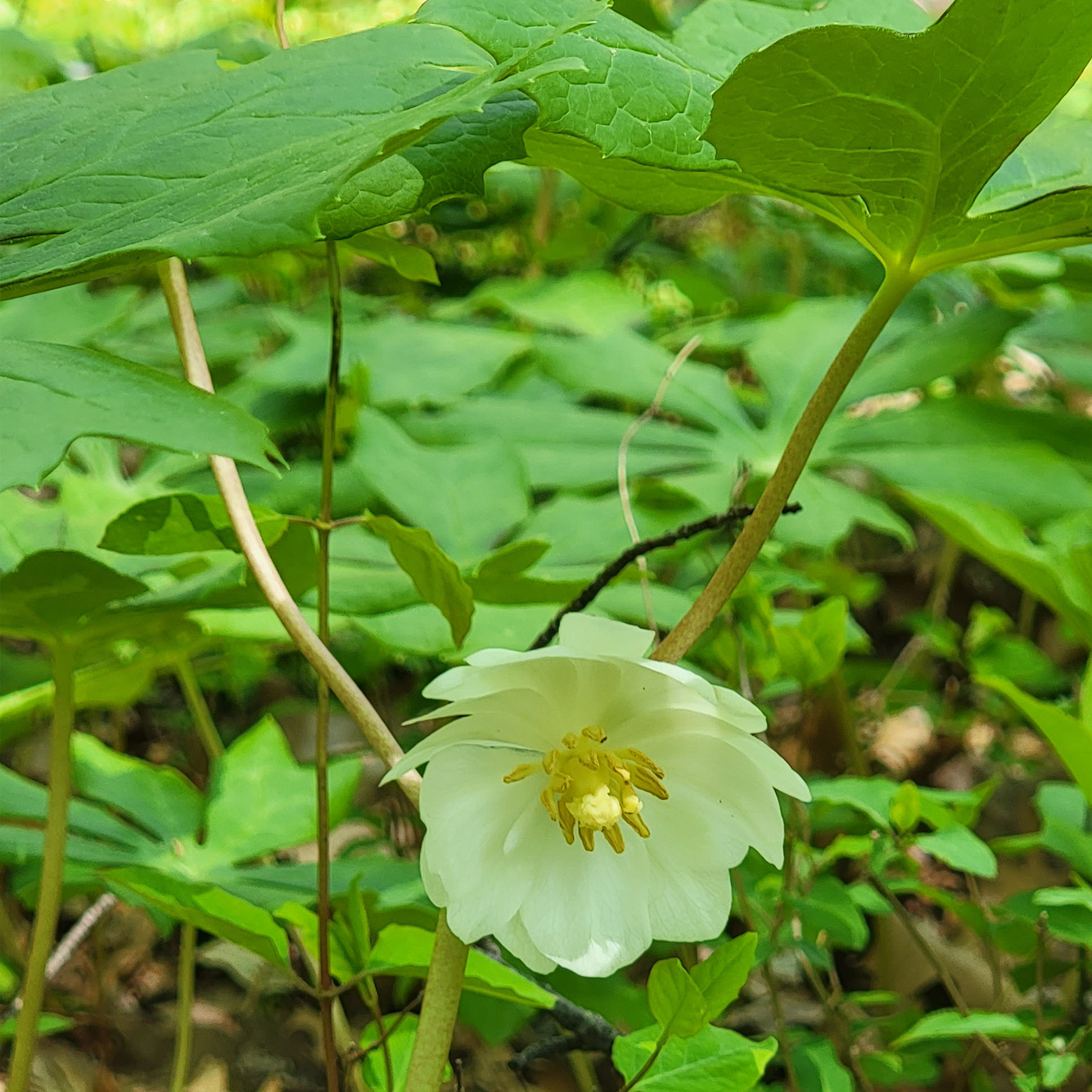

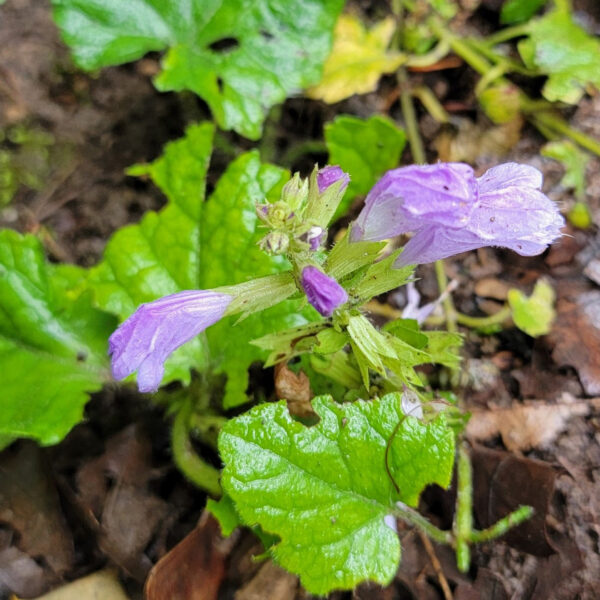
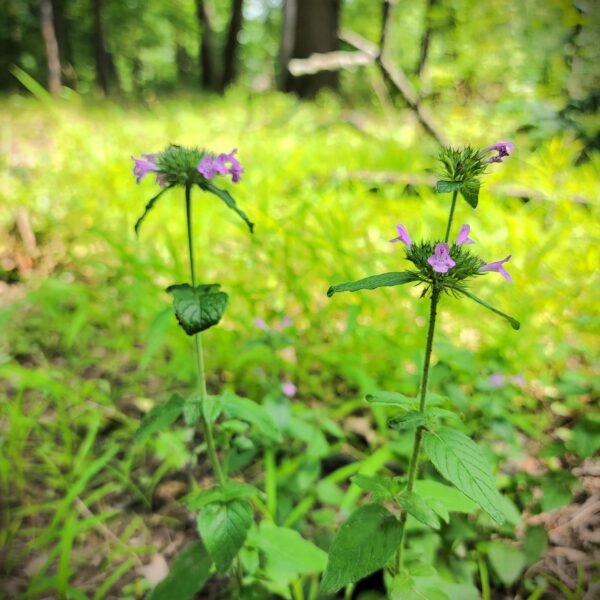

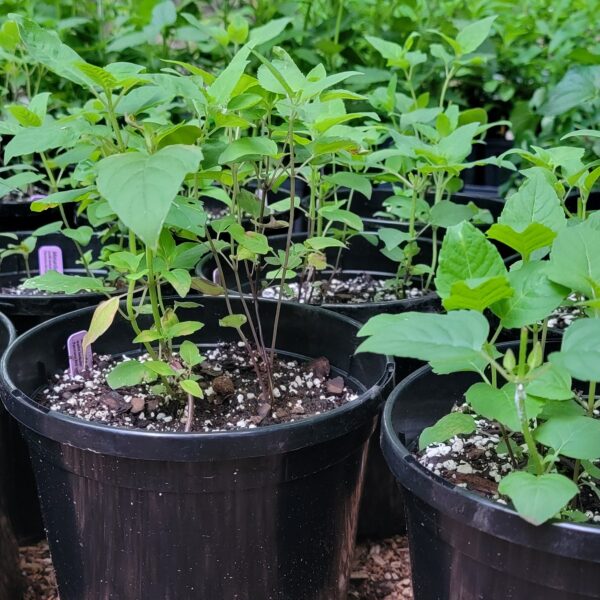
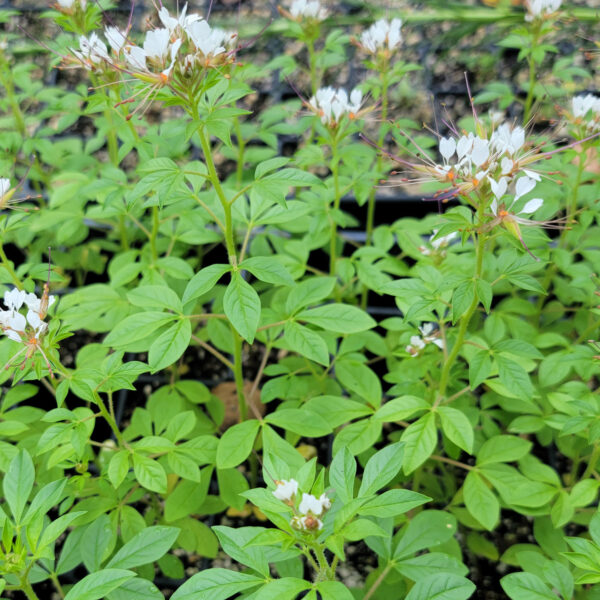






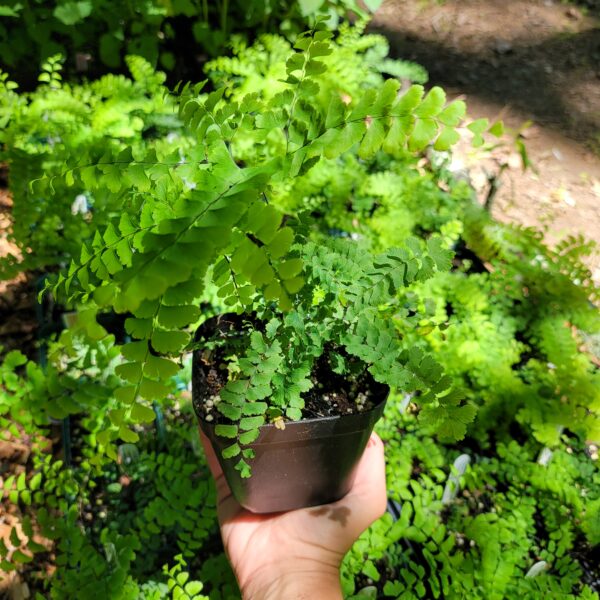




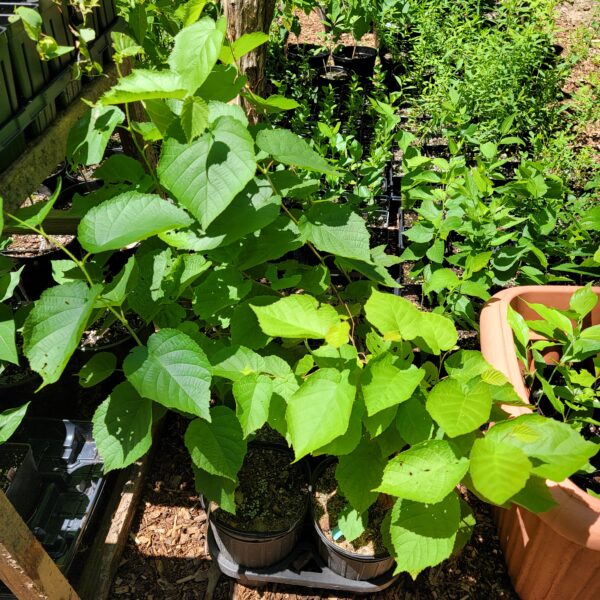

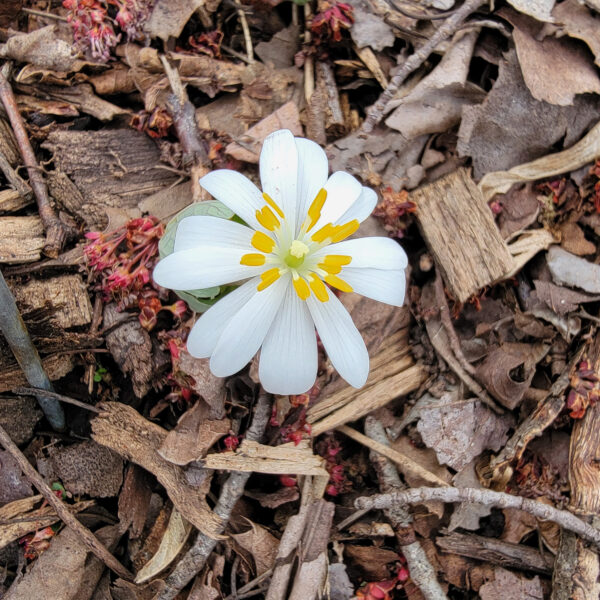

Reviews
There are no reviews yet.